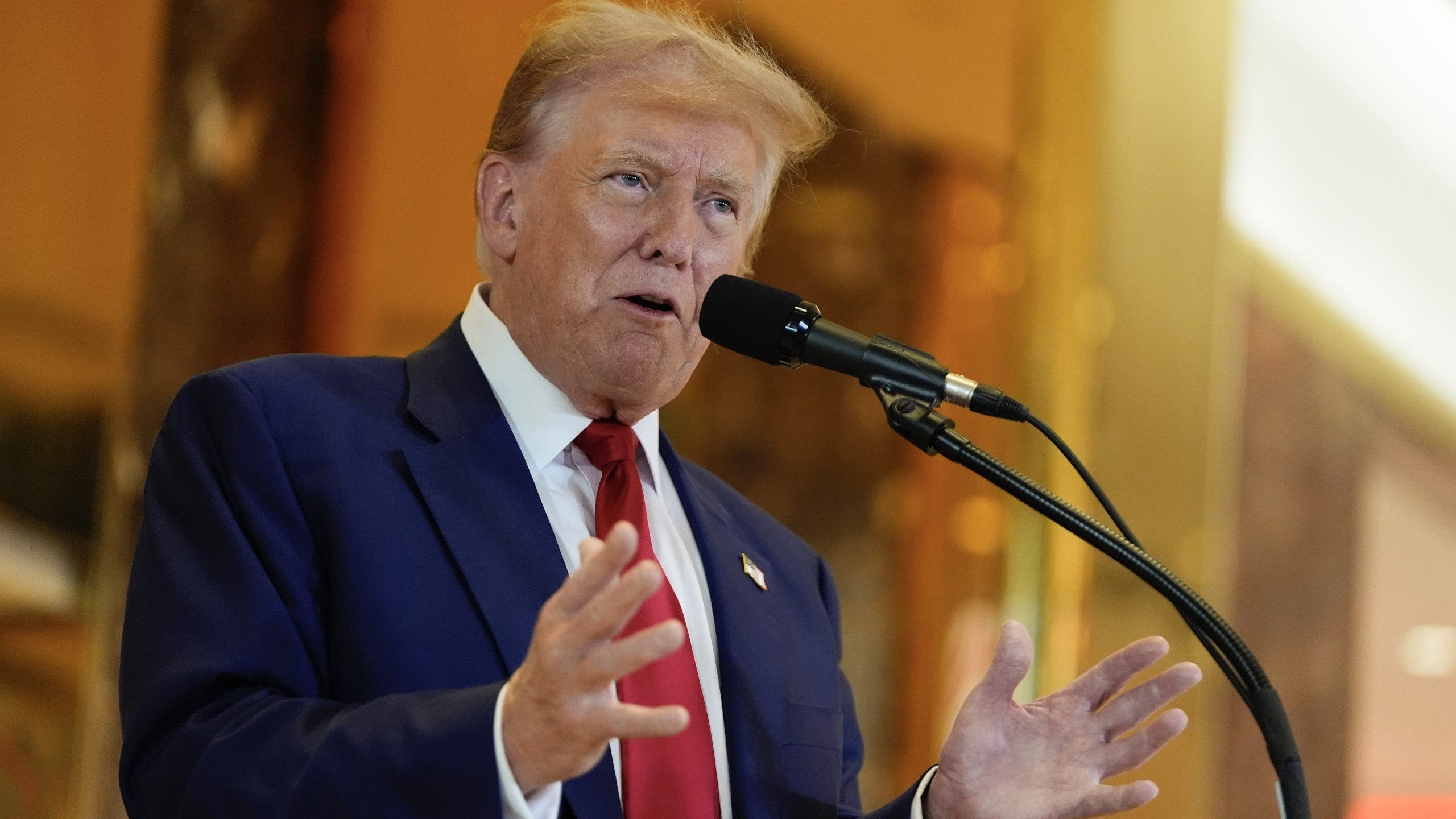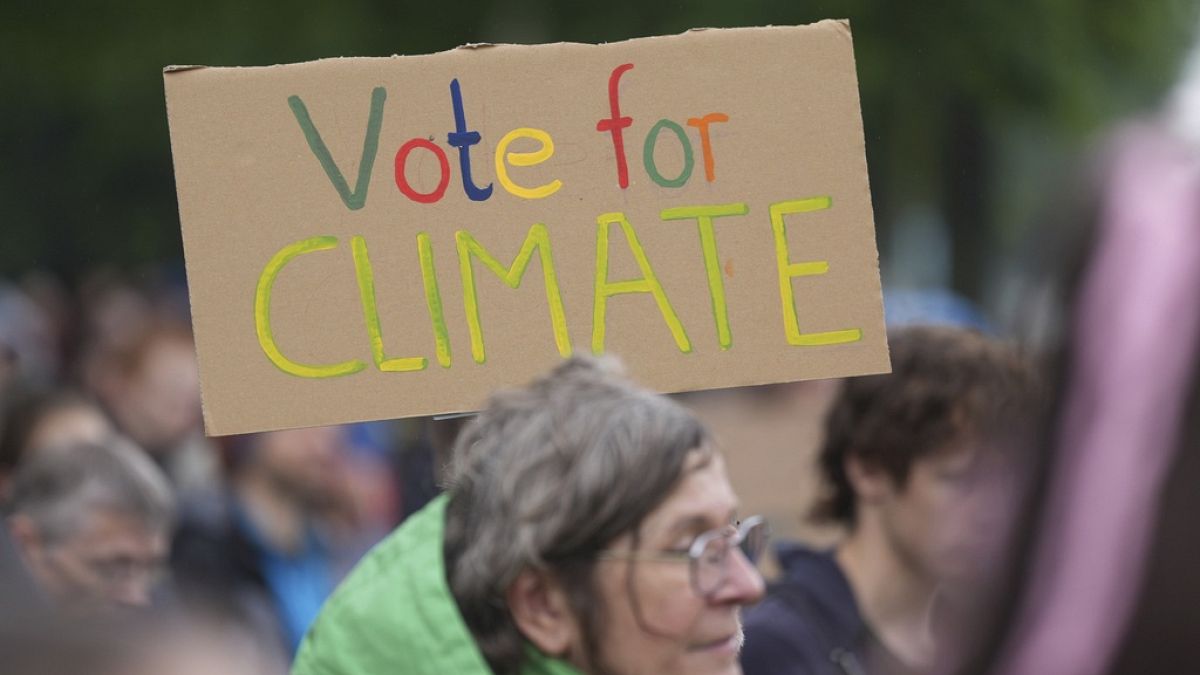World
Maui residents had little warning before flames overtook town. At least 53 people died.
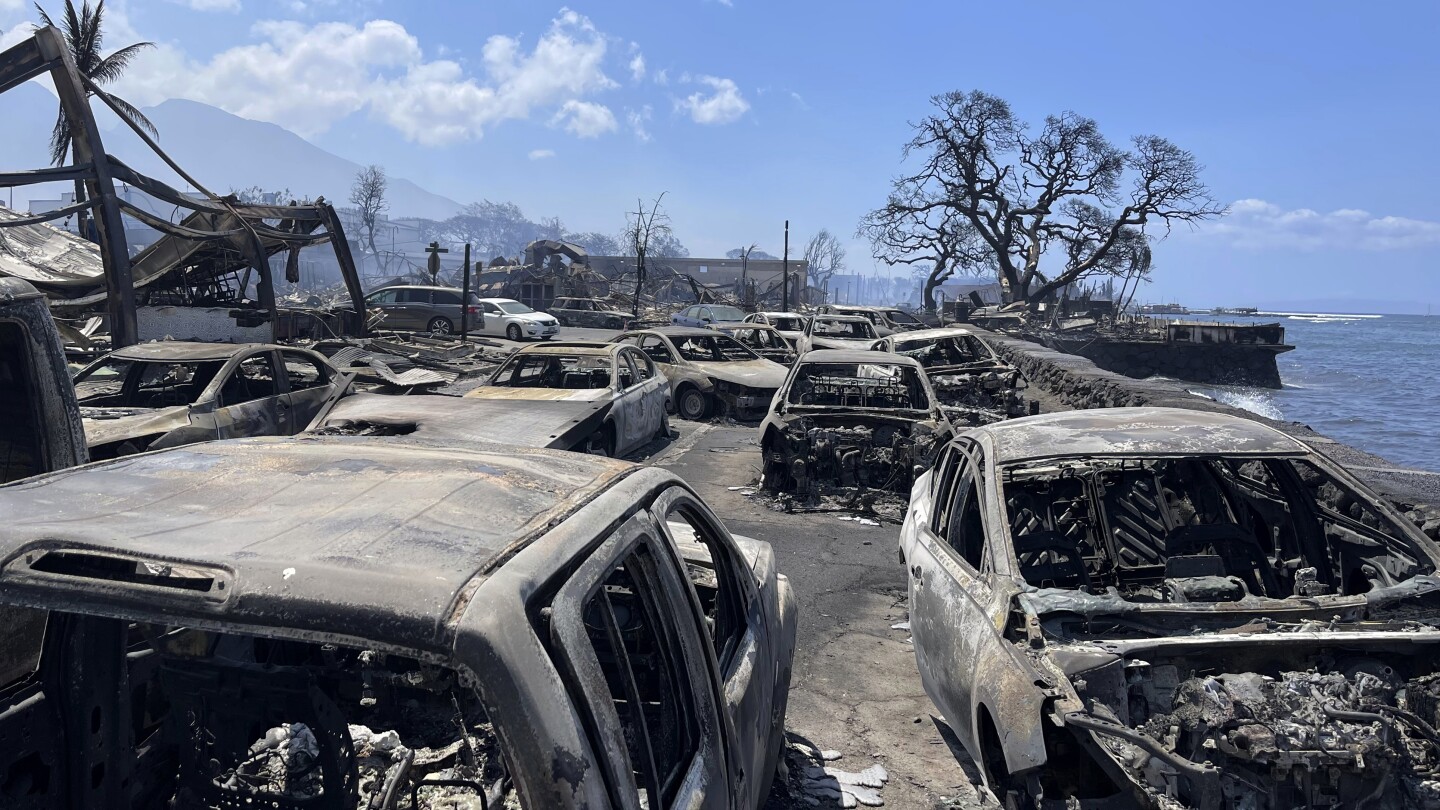
LAHAINA, Hawaii (AP) — Maui residents who made desperate escapes from flames, some on foot, asked why Hawaii’s famous emergency warning system didn’t alert them as fires raced toward their homes, in interviews at evacuation centers Thursday.
Hawaii emergency management records show no indication that the warning sirens were triggered before a devastating wildfire killed at least 53 people and wiped out a historic town, officials confirmed Thursday.
Hawaii boasts what the state describes as the largest integrated outdoor all-hazard public safety warning system in the world, with about 400 sirens positioned across the island chain. But many of Lahaina’s survivors said they didn’t hear any sirens and only realized they were in danger when they saw flames or heard explosions nearby.
Thomas Leonard, a 70-year-old retired mailman from Lahaina, didn’t know about the fire until he smelled smoke. Power and cell phone service had both gone out earlier that day, leaving the town with no real-time information about the danger. He tried to leave in his Jeep, but had to abandon the vehicle and run to the shore when cars nearby began exploding. He hid behind a sea wall for hours, the wind blowing hot ash and cinders over him.
Firefighters eventually arrived and escorted Leonard and other survivors on foot through the flames to safety.
Hawaii Emergency Management Agency spokesperson Adam Weintraub told The Associated Press on Thursday that the department’s records don’t show that Maui’s warning sirens were triggered on Tuesday. Instead, the county used emergency alerts sent to mobile phones, televisions and radio stations, Weintraub said.
It’s not clear if those alerts were sent before widespread power and cellular outages cut off most communication to Lahaina.
Fueled by a dry summer and strong winds from a passing hurricane, the fire started Tuesday and took Maui by surprise, racing through parched brush covering the island and then flattening homes and anything else that lay in its path.
The wildfire is already the state’s deadliest natural disaster since a 1960 tsunami, which killed 61 people on the Big Island. During a Thursday press conference, Gov. Josh Green said the death toll will likely rise further as search and rescue operations continue.
It’s also the deadliest U.S. wildfire since the 2018 Camp Fire in California, which killed at least 85 people and laid waste to the town of Paradise.
Lahaina’s wildfire risk was well known. Maui County’s hazard mitigation plan, last updated in 2020, identified Lahaina and other West Maui communities as having frequent wildfire ignitions and a large number of buildings at risk of wildfire damage. West Maui was also identified as having the island’s highest population of people living in multi-unit housing, the second-highest rate of households without a vehicle, and the highest rate of non-English speakers.
“This may limit the population’s ability to receive, understand and take expedient action during hazard events,” the plan noted.
Maui’s firefighting efforts may also have been hampered by a small staff, said Bobby Lee, the president of the Hawaii Firefighters Association. There are a maximum of 65 firefighters working at any given time in Maui County, and they are responsible for fighting fires on three islands — Maui, Molokai and Lanai — he said.
Those crews have about 13 fire engines and two ladder trucks, but they are all designed for on-road use. The department does not have any off-road vehicles, which would allow crews to attack brush fires thoroughly before they reach roads or populated areas, he said.
That forces fire crews to wait for brush fires to reach an area where they can attack it with fire engines and other equipment, he said. The high winds caused by Hurricane Dora made that extremely difficult, he said.
“You’re basically dealing with trying to fight a blowtorch,” he said. “You’ve got to be careful — you don’t want to get caught downwind from that, because you’re going to get run over in a wind-driven fire of that magnitude.”
Maui Fire Department Chief Brad Ventura said the fire moved so quickly from brush to neighborhood that it was impossible to get communications to emergency management agencies responsible for getting warnings out.
Mandatory evacuation orders were in place for Lahaina residents, Mayor Richard Bissen noted, while tourists in hotels were told to shelter in place so that emergency vehicles could get into the area.
Marlon Vasquez, a 31-year-old cook from Guatemala who came to the U.S. in January 2022, said that when he heard fire alarms, it was already too late to flee in his car.
“I opened the door, and the fire was almost on top of us,” he said from an evacuation center at a gymnasium. “We ran and ran. We ran almost the whole night and into the next day, because the fire didn’t stop.”
Vasquez and his brother Eduardo escaped via roads that were clogged with vehicles full of people. The smoke was so toxic that he vomited. He said he’s not sure his roommates and neighbors made it to safety.
Lahaina residents Kamuela Kawaakoa and Iiulia Yasso said they only had time to grab a change of clothes and run with their 6-year-old son as the bushes around them caught fire.
“We barely made it out,” Kawaakoa, 34, said at an evacuation shelter, still unsure if anything was left of their apartment.
As the family fled, they called 911 when they saw the Hale Mahaolu senior living facility across the road erupt in flames.
Chelsey Vierra’s great-grandmother, Louise Abihai, was living at Hale Mahaolu, and the family doesn’t know if she got out. “She doesn’t have a phone. She’s 97 years old,” Vierra said Thursday. “She can walk. She is strong.”
Relatives are monitoring shelter lists and calling the hospital. “We got to find our loved one, but there’s no communication here,” said Vierra, who fled the flames. “We don’t know who to ask about where she went.”
Communications have been spotty on the island, with 911, landline and cellular service failing at times. Power was also out in parts of Maui.
Tourists were advised to stay away, and about 11,000 flew out of Maui on Wednesday with at least 1,500 more expected to leave Thursday, according to Ed Sniffen, state transportation director. Officials turned the Hawaii Convention Center in Honolulu into an assistance center for tourists and locals, stocking it with water, food, and volunteers who help visitors arrange travel home.
President Joe Biden declared a major disaster on Maui. Traveling in Utah on Thursday, he pledged that the federal response will ensure that “anyone who’s lost a loved one, or whose home has been damaged or destroyed, is going to get help immediately.” Biden promised to streamline requests for assistance and said the Federal Emergency Management Agency was “surging emergency personnel” on the island.
___
Associated Press climate and environmental coverage receives support from several private foundations. See more about AP’s climate initiative here. The AP is solely responsible for all content.
___
Sinco Kelleher reported from Honolulu, Rush from Kahului and Boone from Boise, Idaho. Associated Press writers Chris Weber in Los Angeles, Nick Perry in Wellington, New Zealand; Andrew Selsky in Bend, Oregon; Bobby Caina Calvan and Beatrice Dupuy in New York; Chris Megerian in Salt Lake City, Utah; and Audrey McAvoy in Wailuku, Hawaii contributed.

World
TVLine Items: Charlie Hunnam Joins Amazon’s Criminal, Vince Staples Renewed and More

ad
World
Canadian serial killer Robert Pickton, who brought victims to pig farm, is dead after prison assault
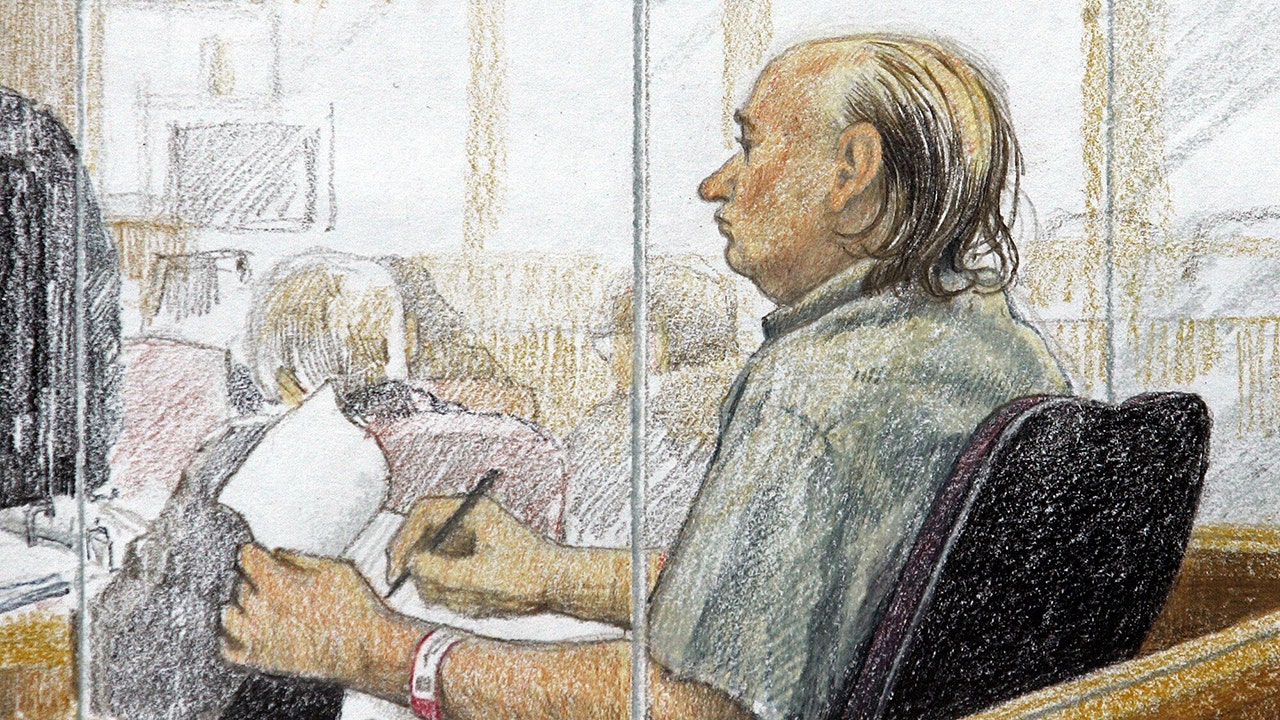
Canadian serial killer Robert Pickton, who took female victims to his pig farm during a crime spree near Vancouver in the late 1990s and early 2000s, has died after being assaulted in prison, authorities said Friday. He was 74.
The Correctional Service of Canada said in statement that Pickton, an inmate of Port-Cartier Institution in the province of Quebec, died in hospital following injuries in the May 19 assault involving another inmate. He was one of Canada’s most notorious serial killers and his case made international headlines.
A CANADIAN SERIAL KILLER WHO BROUGHT VICTIMS TO A PIG FARM IS HOSPITALIZED AFTER A PRISON ASSAULT
A 51-year-old inmate was in custody for the assault on Pickton, police spokesman Hugues Beaulieu said earlier this month.
This artist’s sketch shows accused serial killer Robert Pickton taking notes during the second day of his trial in B.C. Supreme Court in New Westminster, British Columbia, Jan. 31, 2006. (Jane Wolsack/The Canadian Press via AP)
Robert “Willie” Pickton was convicted of six counts of second-degree murder and sentenced to life in prison in 2007, with the maximum parole ineligibility period of 25 years, after being charged with the murders of 26 women.
Police began searching the Pickton farm in the Vancouver suburb of Port Coquitlam more than 22 years ago in what would be a years-long investigation into the disappearances of dozens of women from Vancouver’s seediest streets, sex workers and drug addicts abandoned on the margins of society.
The remains or DNA of 33 women were found on the farm. Pickton once bragged to an undercover police officer that he killed a total of 49 women.
During his trial, prosecution witness Andrew Bellwood said Pickton told him how he strangled his victims and fed their remains to his pigs. Health officials once issued a tainted meat advisory to neighbors who might have bought pork from Pickton’s farm, concerned the meat might have contained human remains.
Cynthia Cardinal, whose sister Georgina Papin was murdered by Pickton, said Pickton’s death means she can finally move on from her sister’s murder.
“This is gonna bring healing for, I won’t say all families, I’ll just say most of the families,” she said. “I’m like — wow, finally. I can actually move on and heal and I can put this behind me.”
Vancouver police were criticized for not taking the cases seriously because many of the missing were sex workers or drug users.
Canada’s correctional service said it was conducting an investigation into the attack on Pickton.
“The investigation will examine all of the facts and circumstances surrounding the assault, including whether policies and protocols were followed,” the service said in the statement. “We are mindful that this offender’s case has had a devastating impact on communities in British Columbia and across the country, including Indigenous peoples, victims and their families. Our thoughts are with them.”
Pickton’s confirmed victims were six: Sereena Abotsway, Mona Wilson, Andrea Joesbury, Brenda Ann Wolfe, Papin and Marnie Frey.
“Earlier today, I was made aware of the death of an inmate at Port-Cartier Institution,” Public Safety Minister Dominic LeBlanc said in statement. “At this time, my thoughts are with the families of the victims of this individual’s heinous crimes.”
At the time of Pickton’s sentencing, British Columbia Supreme Court Justice James Williams said it was a “rare case that properly warrants the maximum period of parole ineligibility available to the court.”
World
El Salvador’s President Nayib Bukele cements power as he begins second term

After February landslide win, 42-year-old set to govern for another five years with near-total control of parliament and other state institutions.
El Salvador’s President Nayib Bukele is set to be sworn in for a second term, riding on a wave of popularity that has helped him consolidate his power and influence in the country.
The 42-year-old, who unapologetically describes himself as a “cool dictator”, was re-elected in February with 85 percent of the vote. He is set to govern for another five years with near-total control of parliament and other state institutions.
The former publicist and mayor will take the oath of office at the National Palace in the capital, San Salvador, on Saturday.
The ceremony is due to be attended by dignitaries including Spanish King Felipe VI and Argentinian President Javier Milei, with whom Bukele shares an admiration for former United States President Donald Trump, whose son and namesake is also attending the event.
On Friday, inauguration preparations were disrupted by reports that police thwarted a plot to detonate explosives at locations across the country.
Bukele enjoys sky-high approval ratings due to his brutal crackdown on criminal gangs, credited with returning a sense of normalcy to a violence-fatigued society.
The campaign has drawn criticism from rights groups but has made Bukele the most popular leader in Latin America, according to a regional poll.
Bukele’s New Ideas party scored a near-clean sweep in legislative elections, where it took 54 of 60 seats.
Yet experts warn his extended honeymoon with voters may be nearing its end as economic worries overtake safety concerns in the public discourse, amid high government debt and fast-rising prices for consumer goods in a country where more than a quarter of the six million population lives in poverty.
Food inflation, meanwhile, has outpaced salary increases while public debt has skyrocketed on his watch to more than $30bn, or 84 percent of the country’s gross domestic product (GDP).
Gangs as a ‘cancer’
Bukele will have even more power in his second term after the legislative assembly approved a reform that will make it easier for him to push through constitutional changes.
The president has laughed off criticism of authoritarian tendencies, but he was only able to seek re-election after a loyalist Supreme Court ruling allowed him to bypass a constitutional ban on successive terms.
“What he has demonstrated is that the law is irrelevant and that he can do whatever he wants, how he wants,” public policy expert Carlos Carcach told AFP news agency, describing Bukele as an “all-powerful” president.
With his preferred getup of jeans and a baseball cap, millennial Bukele came to power in 2019 promising to crush the country’s gangs, to which he attributes some 120,000 murders over three decades – more than the 75,000 lives lost in El Salvador’s civil war from 1980 to 1992.
During Bukele’s first term, authorities rounded up more than 80,000 presumed gangsters under a state of emergency in place since March 2022 that allows for arrest without a warrant.
His government also built the largest prison in Latin America to hold them.
The result, Bukele has boasted, has been turning “the murder capital of the world, the world’s most dangerous country, into the safest country in the Western Hemisphere”.
But it has come at a cost.
Human Rights Watch and Amnesty International have reported the killing and torture of detainees, and thousands of innocent people – including minors – among those arrested.
-

 World1 week ago
World1 week ago€440k frozen in Italy over suspect scam by fake farmers
-

 News1 week ago
News1 week agoRead the I.C.J. Ruling on Israel’s Rafah Offensive
-
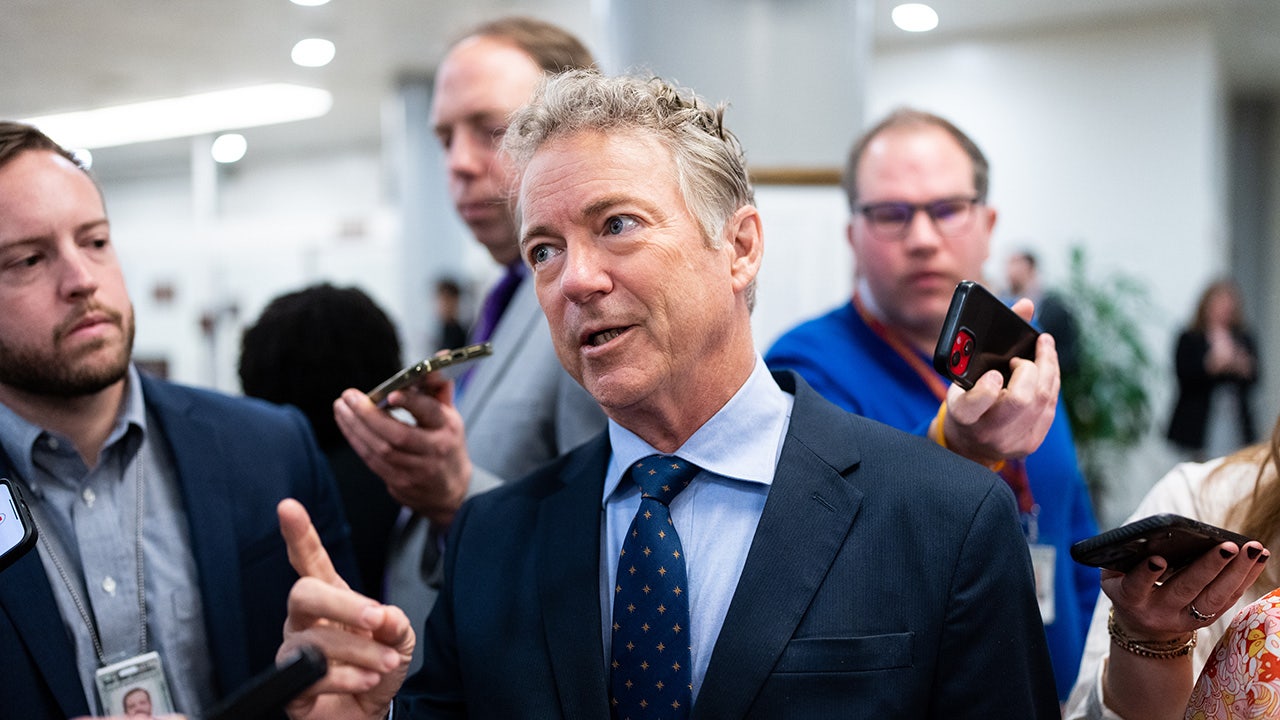
 Politics1 week ago
Politics1 week agoFauci adviser's alleged destruction of COVID origin docs must be probed by AG: Rand Paul
-

 News1 week ago
News1 week agoVideo: Protesters Take Over U.C.L.A. Building
-
/cdn.vox-cdn.com/uploads/chorus_asset/file/25459708/Screenshot_2024_05_22_at_9.08.56_AM.png)
/cdn.vox-cdn.com/uploads/chorus_asset/file/25459708/Screenshot_2024_05_22_at_9.08.56_AM.png) Technology1 week ago
Technology1 week agoSuper Mario Maker 64 exists, thanks to a new ROM hack
-

 World1 week ago
World1 week agoHoping to pave pathway to peace, Norway to recognise Palestinian statehood
-

 News1 week ago
News1 week agoLegendary U.S. World War II submarine located 3,000 feet underwater off the Philippines
-
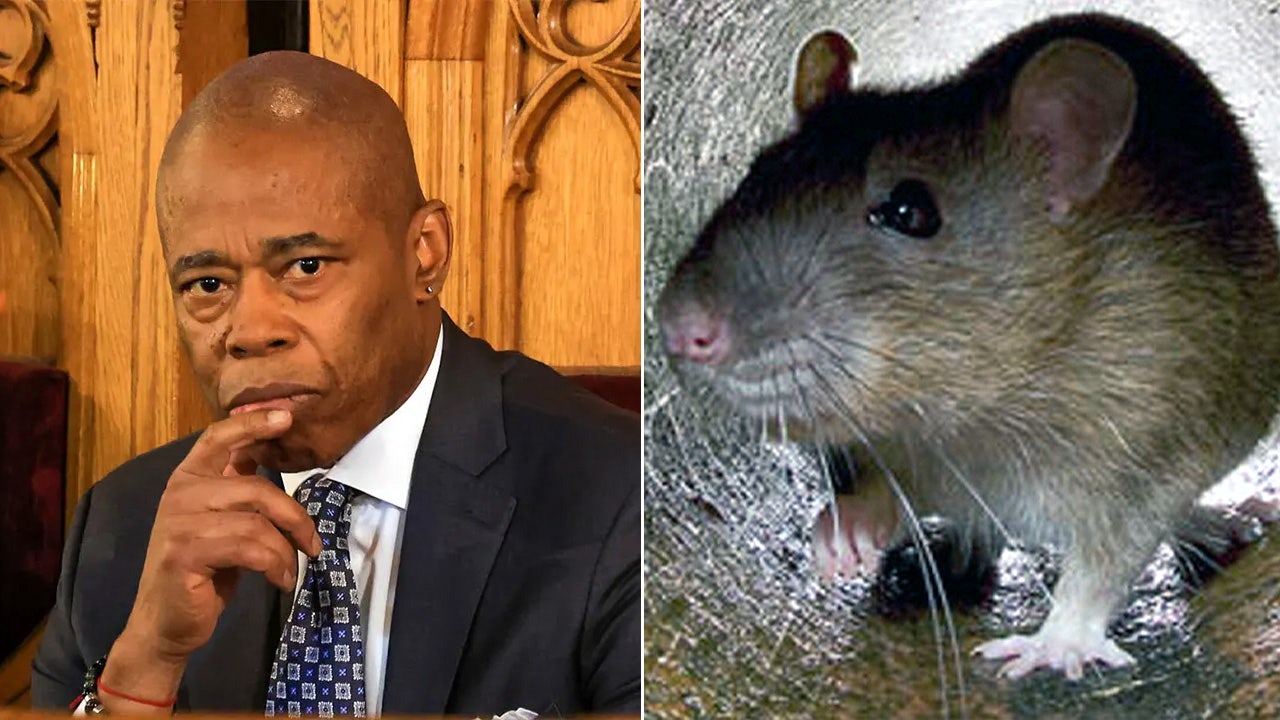
 Politics1 week ago
Politics1 week agoNYC Mayor Eric Adams announces Urban Rat Summit to combat rodent crisis: 'I hate rats'











